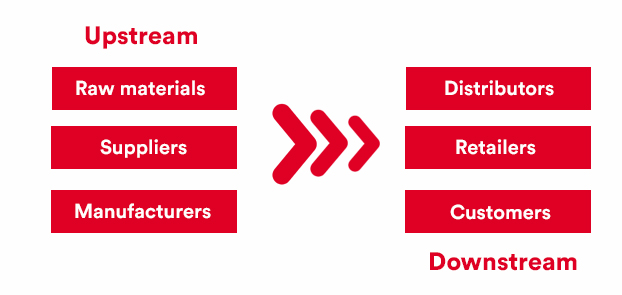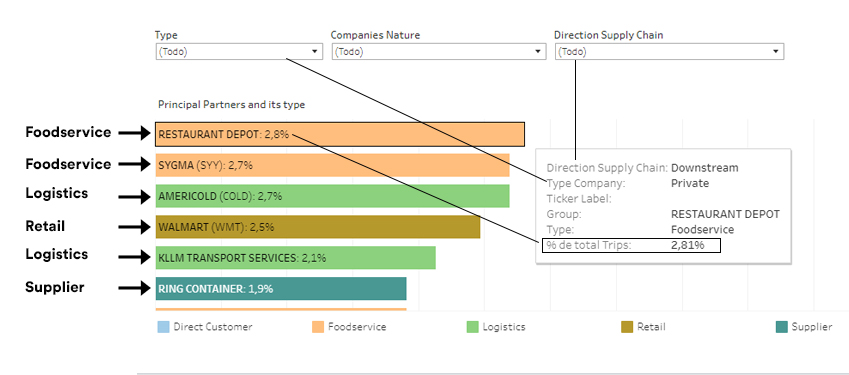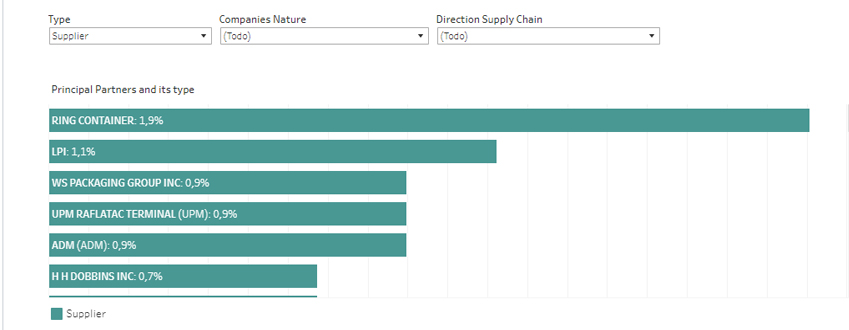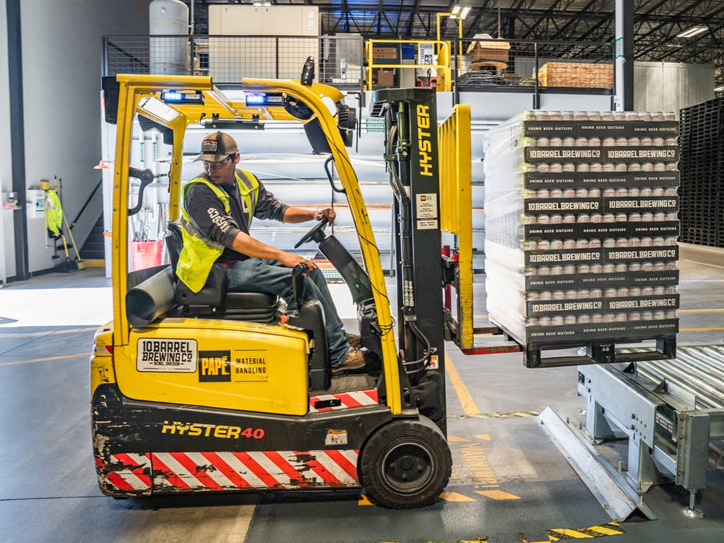Raw materials´ scarcity, labor shortage, and rising prices; the food industry is facing big problems, and things are getting worse. That’s why each company involved in the supply chain (from suppliers to distributors and vendors) needs to have an outstanding control of their downstream and upstream operations.

Why is market mapping important for the food industry?
Market mapping tools use different Big Data approaches, such as geolocation analytics so that decision-makers can analyze all the connections between other companies and facilities.
With this, food companies can identify uncovered tiers in a supply chain and detect hidden business relationships between suppliers, customers, and vendors.
Mapping tools can answer critical questions such as:
- How is the supply chain structure of my competitor?
- Which other companies work with my suppliers?
- Are my clients working only with me or are they doing business with my competitors?
- How many facilities are my suppliers using?
Analyzing the facilities of a company
We can analyze the facilities of a company through geospatial data techniques. With the insights obtained, it is possible to detect, measure and understand the relationships between different facilities across the country.
In this example, we chose 15 facilities from a large food manufacturer that operates throughout the US. Our objective was to identify which private, and public companies work with them.

We were able to identify direct customers, food manufacturers, suppliers, and retailers in more detail. These insights are valuable for any company in need of understanding the tiers, players and the dynamics of any specific sector, especially the ones where private companies operate, since it allows to reveal details and information that is usually hard to get, due to corporate veils.
How can companies benefit from this type of data?
Market and supply chain mapping tools allow companies to identify if a particular supplier or manufacturer is working with a competitor and analyze if that represents a risk for the operation or if they’re breaking an exclusivity agreement.

Also, with this insights companies can have a better control of their operations. You can identify, classify, and group all the public and private companies involved in the supply chain according to their relationship with your company.
How can a food supplier or manufacturer use this type of data?
Companies can analyze their suppliers and manufacturers, but it can also be all around.

For example, a food manufacturer can study a specific company to understand with whom they work. This analysis can help detect new business opportunities. Also, a supplier or a manufacturer can identify if a competitor is working for the same company.
Using market & supply chain mapping tools to track competitors
Not only are mapping tools beneficial for internal control, but they can also help you track any competitor. Analysis can be in such detail that you can get any company’s specific percentage distribution, upstream and downstream.

Also, with those detected relationships, it’s possible to draw connections between facilities.
As we can see in the image, the thicker the line, the strongest the relationship with the facility. The model generates a matrix of relations between a company and other facilities and companies.
Get a competitive advantage using market mapping and supply chain solutions
Food companies, suppliers, and distributors can control their operations through market and supply chain mapping tools by identifying new opportunities and threats along their supply chain process.
Also, these tools help get a deeper understanding of competitors. The information generated, from supplier locations to distribution centers, is so detailed that no other data tool can compare it.
At PREDIK Data-Driven we use data science to help companies worldwide make more intelligent decisions for complex situations.



